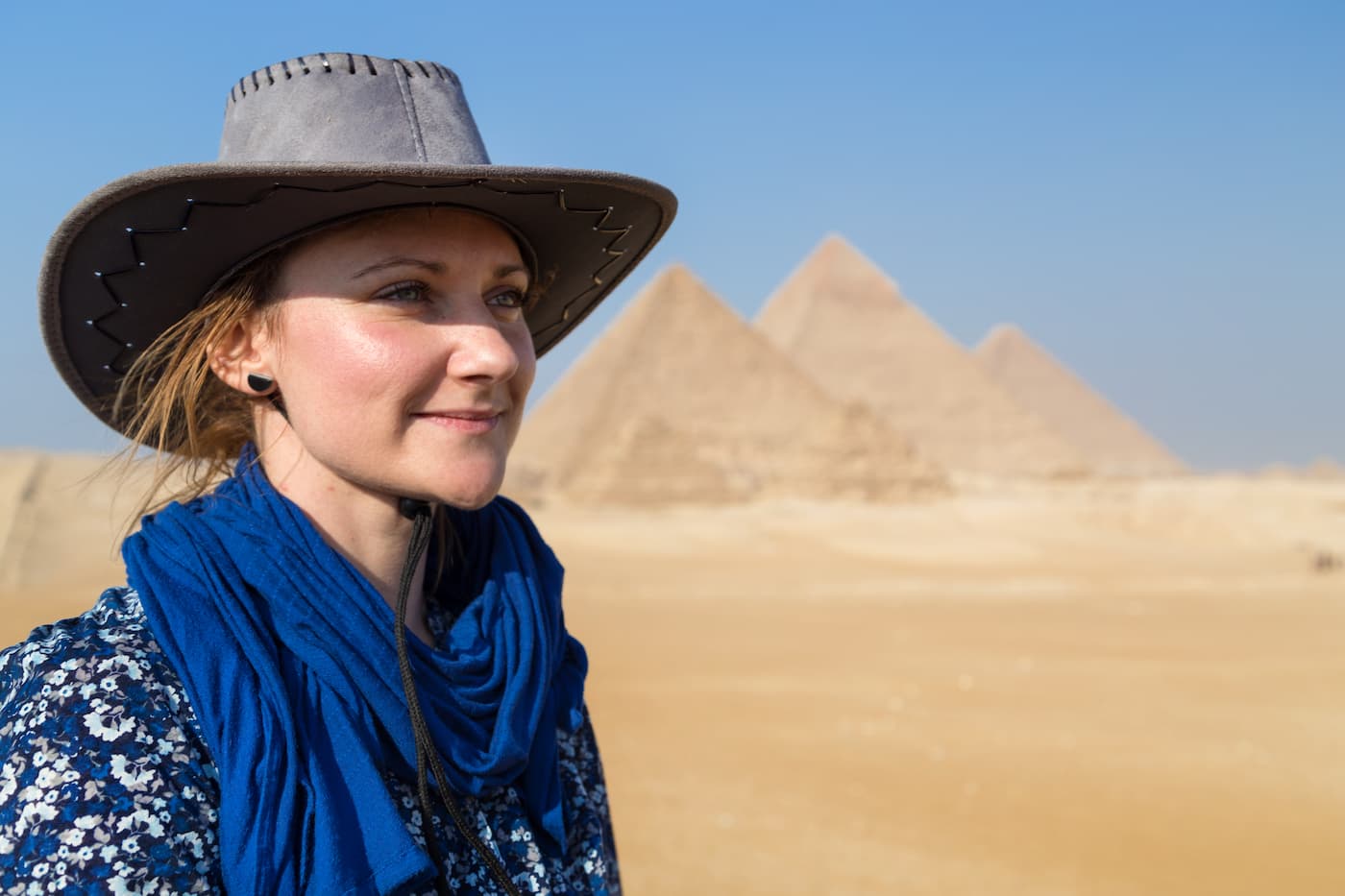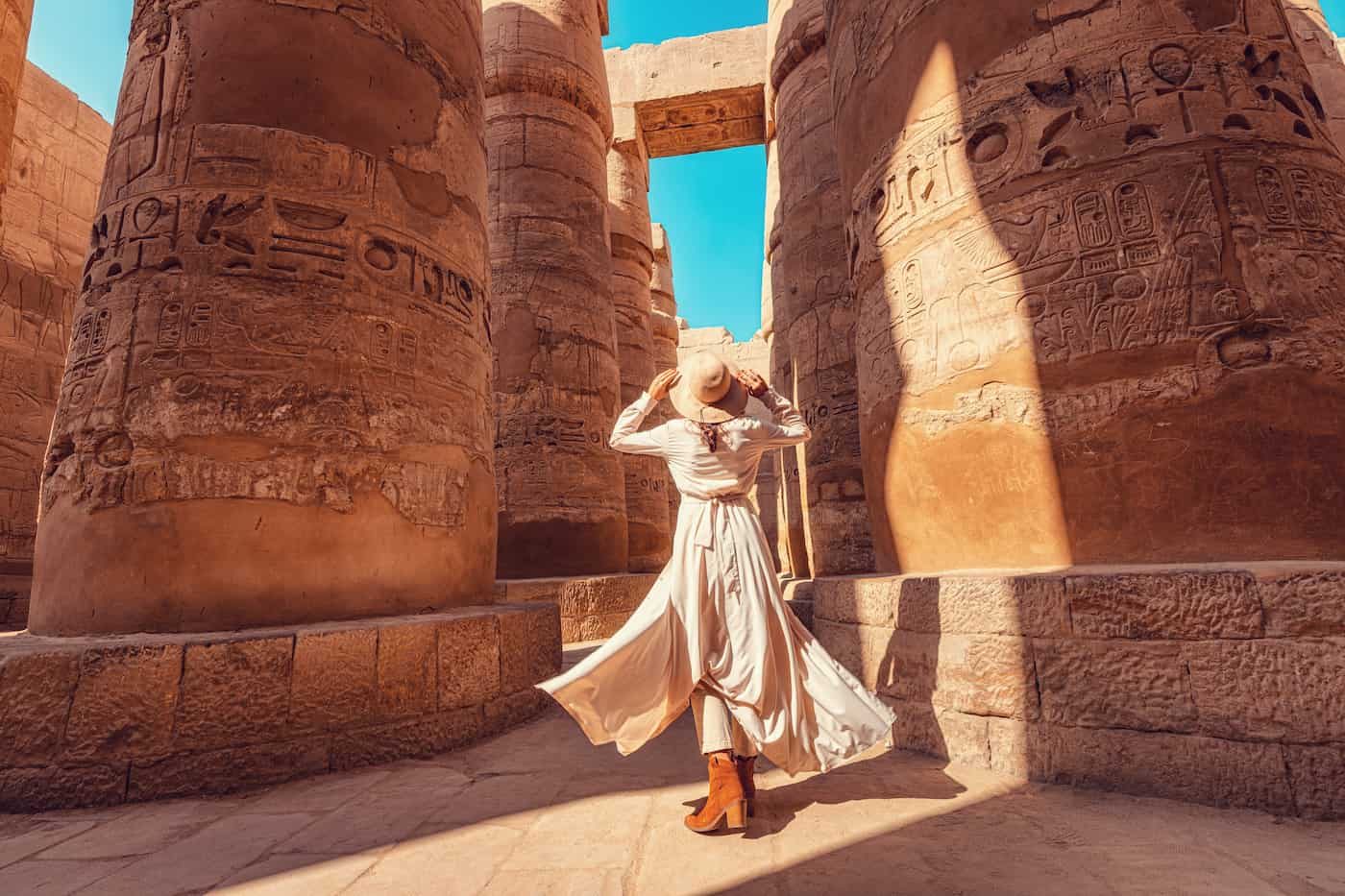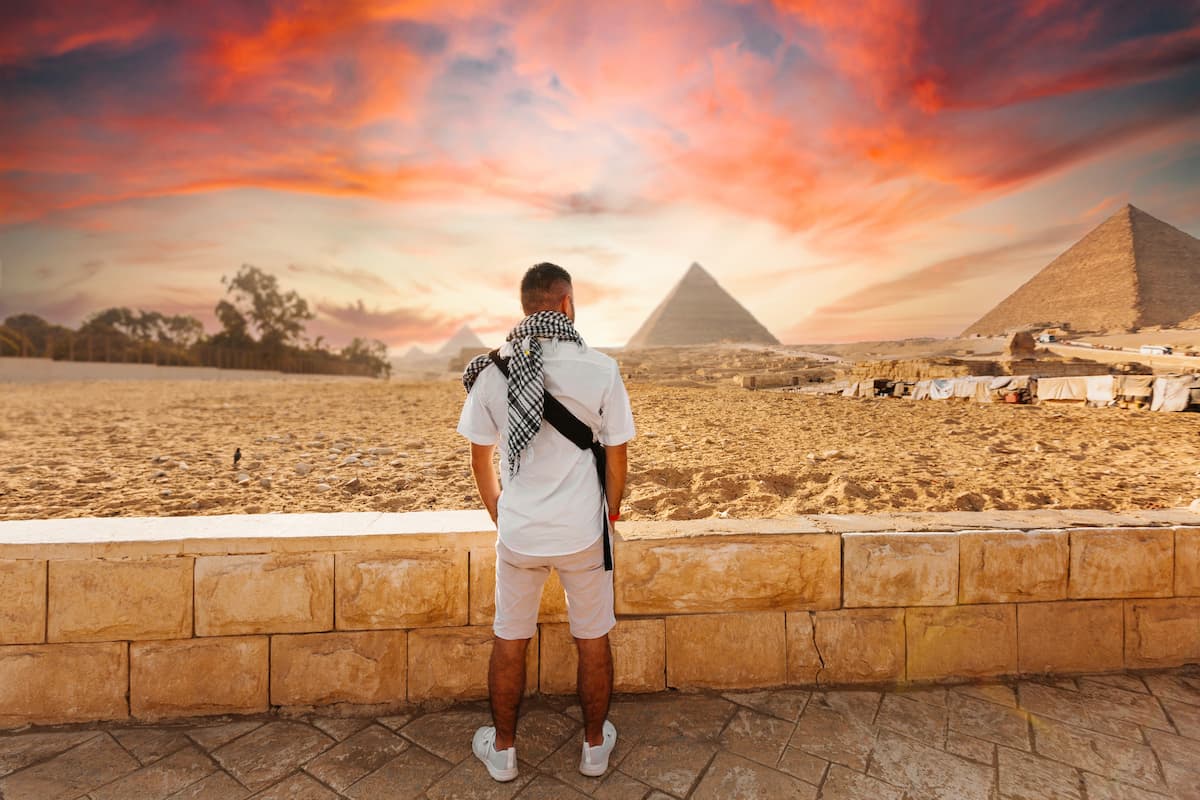King Thutmose I
Family of king Thutmose I

Amenhotep I, according to rumour, was Thutmose’s father. His mother, Senseneb, was not a royal and might have been a lowly concubine or wife. Queen Ahmose, known as the Great Royal Wife of Thutmose. Was most likely the sister of Amenhotep I and the daughter of king. Read The 10 Facts to Know About King Thutmose I.
There is significant debate over this since she was never refer to as the “king’s daughter. And some historians think she was Thutmose’s own sister. One could speculate that she was married to Thutmose to ensure his succession if he was Amenhotep‘s relative. For two reasons, it is understood that this is not the case. First off, Amenhotep’s alabaster bark. Which was construct in Karnak, links his name to that of Thutmose long before Amenhotep’s demise. Second, Amenmose, the first-born child of Thutmose and Ahmose, was reportedly born before Thutmose was crown.
He first appears on a stela from Thutmose’s fourth reign while hunting near Memphis. And he thereafter served as his father’s “great army-commander” until his death. Which occurred no later than Thutmose’s own death in his 12th reign. Wadjmose was a second son of Thutmose, and Ahmose was the father of Hatshepsut and Nefrubity. Nefrubity passed away as a newborn, and Wadjmose passed away before his father. By a different woman, Mutnofret, Thutmose had a son. This son, whom Thutmose I married to his daughter Hatshepsut, succeeded him as Thutmose II.
In a later account, Hatshepsut noted that Thutmose had left the throne to both Thutmose II and her. Hatshepsut’s followers. However, believe that this is simply propaganda meant to promote Hatshepsut‘s claim to the throne. When she eventually came to power.
Military Achievements of King Thutmose I
After Thutmose was crown king, Nubia fought back against Egyptian control. The tomb memoirs of Ahmose, son of Ebana, claims that Thutmose proceeded up the Nile and participated in the battle, slaying the Nubian monarch there. After winning, Alexander had the body of the Nubian king hung from the prow of his ship before sailing back to Thebes. Following that battle, he oversaw a second expedition against Nubia in his third year, during which he gave the order to dredge the canal at the first cataract, which had been construct by Sesostris III of the 12th Dynasty to make it simpler to go from Egypt to Nubia upstream. This facilitated Nubia’s incorporation into the Egyptian empire. Thure, the king’s son, made two independent references to this journey.
Under the grandeur of the King of Upper and Lower Egypt, Aakheperre, who is given life, on day 22 of year 3, first month of the third season. When His Majesty saw this canal blocked by stones, preventing any ships from using it, he gave the order to dig it. This occurred on Day 22 of Year 3, the first month of the third season. After deposing the despicable Kush, His Majesty sailed this canal in triumph and with the force of his triumphant return.
The king of Egypt, Thutmose, established a fortress at Tombos, which is close to the third cataract, in the second year of his rule. This extended Egypt’s military presence, which had previously stopped at Buhen, at the second cataract, permanently.
Campaign in Palestine and Syria

Since Thutmose already engaged in a battle in Syria, his Syrian campaign may have started at the start of his second regnal year, according to the Tombos stele. Any Egyptian pharaoh has never campaigned as far north as he did in this second war. He reportedly erected a stele when he crossed the Euphrates River, though it hasn’t been discovered in contemporary times. The Syrian princes swore allegiance to Thutmose during this expedition. But when he came back, they stopped paying tribute and started fortification against further encroachments.
Thutmose returned to Egypt with bizarre tales of the Euphrates, “that reversed water which flows upstream when it ought to be flowing downstream,” and celebrated his victory with an elephant hunt in the Niy region near Apamea in Syria. The Euphrates was the first significant river that the ancient Egyptians came across that ran from the north, which was upstream on the Nile, to the south, which was downstream on the Nile. Thus, the river gained notoriety throughout Egypt. Retenu, Naharin, and the “country of Mitanni” are mentioned in texts from the reign of Thutmose I. The latter is thought to be the kingdom’s first recorded historical mention.
The military campaigns of Thutmose I or his predecessor Amenhotep I are frequently blame for the destruction of numerous Palestinian sites in the middle of the 16th century B.C. These expeditions may have first been intend to weaken the influence of the Hyksos, who had previously been dominant in this region. At this time, up to 20 sites in Palestine were destroyed.
For instance, Amenhotep I and Thutmose I’s reign, which spanned the second part of the 16th century, is when Stratum XVIII at Gezer was scorched to ashes. This is based on the pottery and scarabs that were found among the wreckage. Because they did not maintain a permanent presence in the region, it does not appear that the Egyptians’ goal at this point was to permanently govern the region. This was going to happen later, in the 18th dynasty.
Rebellions In The South
In his fourth year, Thutmose had to deal with yet another military challenge: another Nubian uprising. As a result, his influence grew even further south, reaching Kurgus, which was south of the fourth cataract, where an inscription dating to his reign has been discover. On top of various local inscriptions, he inscribed a sizable tableau on the Hagar el-Merwa, a quartz outcrop about 40 metres long and 50 metres wide that is situated 1200 metres from the Nile. The Egyptian presence is know to have extended the farthest south.
He started several initiatives during his rule that essentially put an end to Nubian independence for the following 500 years. He expanded a Sesostris III and Khnum temple across the Nile from Semna. Additionally, there exist records of certain religious rites that the viceroy of El-Kab was supposed to have carried out in the Nubian temples on behalf of the monarch. Additionally, he chose Turi, also known as the “King’s Son of Cush,” to serve as viceroy of Kush. Since the king had a constant civilian agent in Nubia, the region did not dare to revolt as frequently and was therefore simple to rule by subsequent Egyptian rulers.
Internal Achievements of King Thutmose I
Thutmose His largest construction efforts were at the Temple of Karnak under the direction of the architect Ineni. I oversaw many temples and tombs during his reign. Karnak presumably just had a long road leading to a central platform before Thutmose, with a number of temples for the Sun gods along the side of the route. The first king to significantly expand the temple was Thutmose. Along with two flagpoles to flank the entryway and a wall to enclose the inner sanctuary. Thutmose had the fifth pylon constructed along the temple’s main route.
He constructed a fourth pylon and an additional enclosure wall outside of this. He had a hypostyle hall built with columns made of cedar wood between pylons four and five. The papyrus swamp, an Egyptian emblem of creation, is reportedly represent by this style of building. Which was typical of ancient Egyptian temples. He constructed enormous figures that alternately wore the crown of Upper Egypt and the crown of Lower Egypt around the perimeter of this room. He then built four extra flagpoles outside the fourth pylon. and two obelisks, albeit only Thutmose III inscribed one of them—the one that has since fallen—about 50 years after it was build.
Although Thutmose III replaced the cedar columns in Thutmose I’s hypostyle hall with stone ones, at least the northernmost two were replace by Thutmose I. Additionally, Hatshepsut built two of her own obelisks inside the hypostyle hall of Thutmose I. Along with Karnak, Thutmose I also constructed buildings at Armant, Ombos, el-Hiba, Memphis, Edfu, statues of the Ennead at Abydos, and Semna, Buhen, Aniba, and Quban in Nubia.
Tomb of king Thutmose I
According to “a recent re-examination of the architecture and contents of Thutmosis I Tomb | KV38 | Thutmosis I – AskAladdin (ask-aladdin.com). Thutmose I was originally burial and then reburied in KV20. In a double burial with his daughter Hatshepsut instead of KV38. Which could only have been construct for Thutmose I during the reign of his grandson Thutmose III. Since the Napoleonic campaign of 1799, the site of KV20, if not its original owner, had been know.
In 1844, the Prussian scholar Karl Richard Lepsius had largely investigated its upper tunnel. However, all of its entrances were “closed by a solidified pile of rubble, small stones, and trash. Which had been brought into the tomb by floodwaters. And it wasn’t until the 1903–1904 excavation season that Howard Carter. A British archaeologist, was able to finally open them. It finally able to clean out its corridors. And enter its twin burial chamber after two prior seasons of laborious work.
The remains of two vases made for Queen Ahmose Nefertari that were originally part of Thutmose I’s funerary equipment. Were find here among the broke pottery and shattered stone vessels from the burial chamber and lower passages.
One of the vases contained a secondary inscription stating. That Thutmose II made it as his father’s monument Aside from fragments of stone vessels made for Hatshepsut. Before she assumed the throne and other vessels bearing her royal name of Maatkare. Which would have been creat only after she ascended to the throne in her own right. Other vessels bearing the names and titles of Thutmose I had also been inscribe by his son and successor, Thutmose II.













